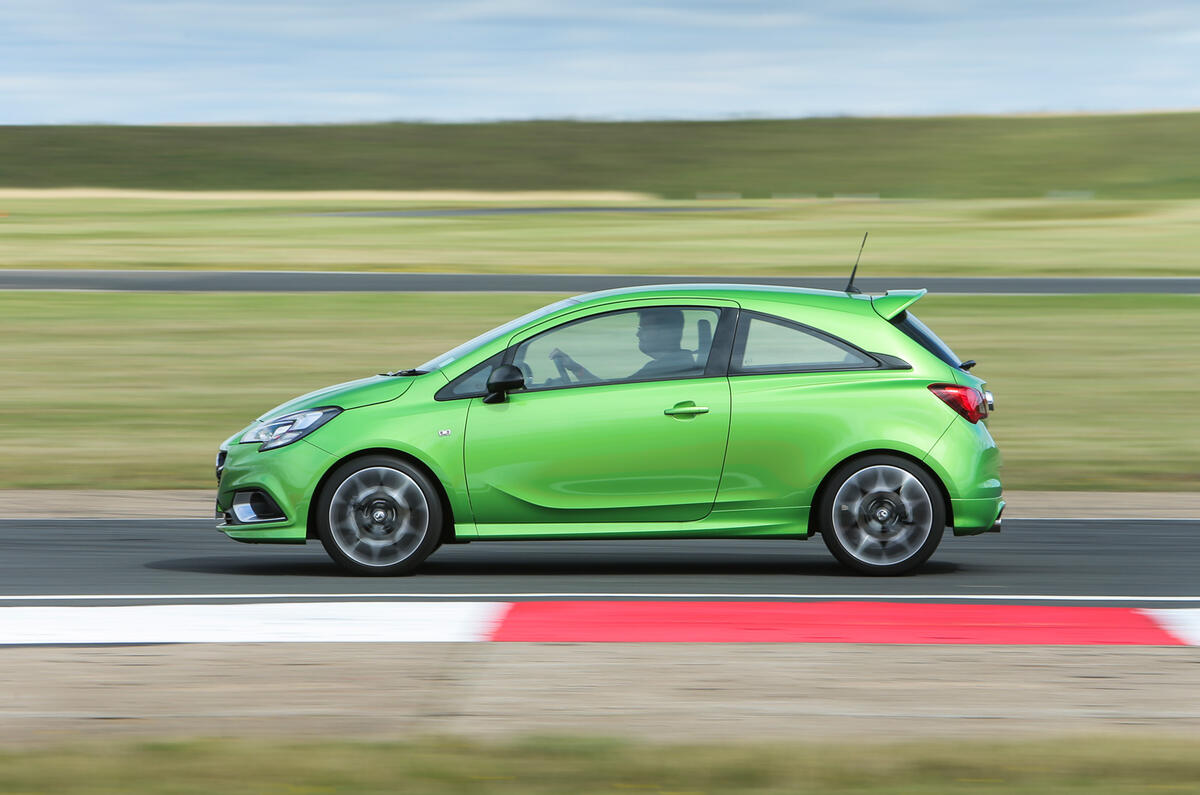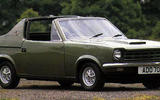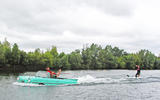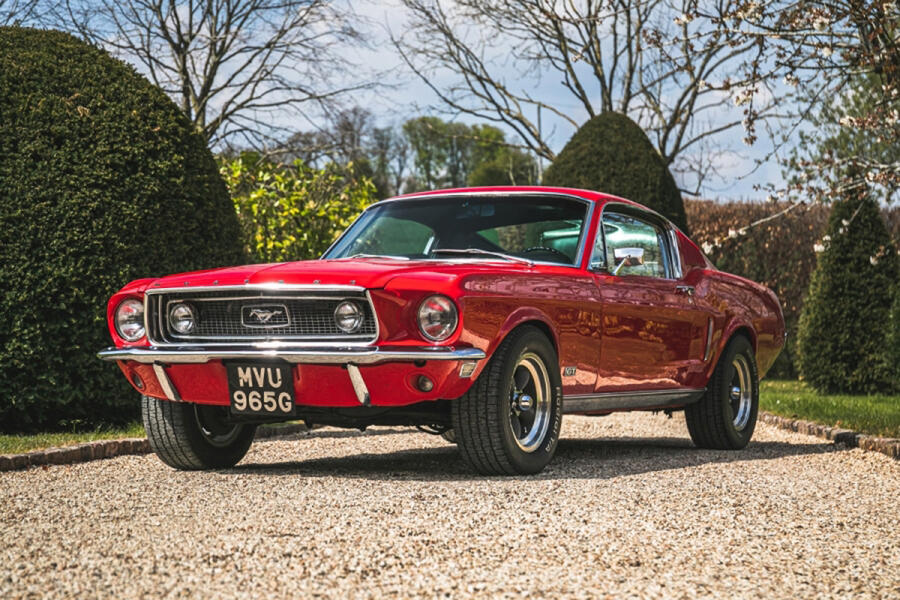Whatever happened to the two-door estate, the three-box saloon and, for that matter, the landaulet? Such odd questions will keep you awake at night if you have anorak tendencies. Manufacturers seem to invent niches just for the hell of it these days, while bodystyles come and go and marketing wonks go on about lettered market segments.
However, before everything on wheels becomes a SUV, let’s stop and take stock of where we are. Which model types are now dead, are dying, are on life support or have simply been renamed?
Under Threat
Estates, roadsters, coupes and two-door 4x4s

Lots of models are starting to wane in popularity because of changes to buyer demographics and fashion. Estates are gradually being replaced by SUVs, but this is over the long term. Roadsters are accounting for less of the car parc, from Mazda MX-5 to Caterham Seven. CoupeÃs are rarely financially viable, especially for mainstream manufacturers. Two-door 4x4s are almost gone unless they’re commercial (see the Suzuki Jimny), although the Jeep Wrangler and Lada Niva still cling on.
Almost Extinct
Speedster









































Join the debate
Add your comment
Compact MPVs are nowhere near extinct but have quickly dropped out of fashion, when compared to even 10 years ago, when Picassos, Scenics, Zafiras etc were a standard choice for a family car.
I think James is well out of date saying that the 3-door hatchback is "partly under threat" - its all but gone.
Mii, Ibiza, Leon, Citigo, Clio, Corsa, Mazda 2, Polo and Golf, Audi A1 and A3, Swift, i10, Rio, DS3, C1, Aygo, 107, 208, 1-Series, Ka, are just a few I can bring to mind. I don't believe it's to do with lack of demand, judging by the number of recent 3-door models you see being driven (often) by younger drivers, on the roads and in every supermarket car park, its about manufacturers only wanting to make the most immediately profitable models. And they wonder why young people aren't interested in cars any more.